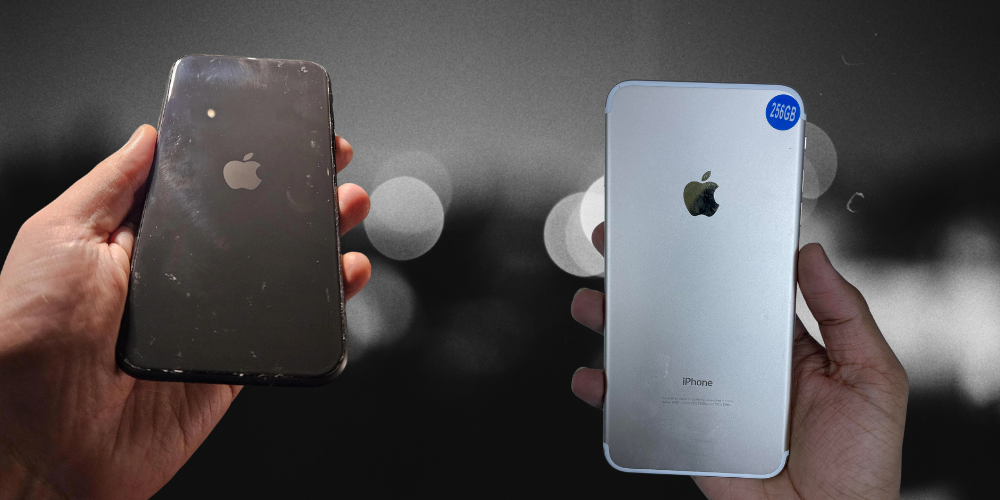
In sensitive environments like nuclear power plants, security is of paramount importance. To mitigate risks and protect critical infrastructure, certain technological restrictions are often put in place. One such measure is the use of camera-less smartphones, which have gained attention in recent years.
The Rise of Camera-Less iPhones
While iPhones are renowned for their impressive camera capabilities, there are instances where a camera-less variant is required. Recent reports have surfaced of nuclear plant workers being issued specialised iPhones without rear-facing cameras. This modification is intended to prevent the unauthorised capture and potential leakage of sensitive information or images from within the facility.
Addressing Security Concerns
The decision to use camera-less iPhones in nuclear plants is driven by the need to maintain strict control over data and visual information. Smartphones with integrated cameras pose a potential security risk, as they could be used to surreptitiously photograph or record sensitive equipment, processes, or restricted areas. By removing the cameras, the risk of such breaches is significantly reduced, enhancing the overall security posture of the facility.
Customisation and Availability
While Apple does not officially offer a camera-less iPhone model, there are service providers and third-party vendors that can modify existing iPhones to remove the rear-facing cameras. These customised devices can then be issued to workers in high-security environments, such as nuclear power plants, military installations, or government facilities.
Balancing Functionality and Security
The use of camera-less iPhones in nuclear plants is not without its challenges. While the security benefits are clear, the removal of the rear camera can impact the overall functionality and user experience of the device. Workers may miss out on features like high-quality photography, augmented reality applications, or other camera-dependent capabilities.
Addressing User Concerns
To mitigate the impact on user experience, some organisations may opt for a more nuanced approach. Instead of completely removing the cameras, they may disable the camera functionality through software-based restrictions or access controls. This allows workers to maintain access to certain camera-dependent features while still adhering to the security protocols of the facility.
Broader Implications and Adoption
The use of camera-less iPhones in nuclear plants is not limited to this specific industry. As security concerns continue to grow, the demand for such customised devices may extend to other high-security sectors, such as government agencies, military operations, and critical infrastructure facilities.
Balancing Innovation and Security
The rise of camera-less iPhones in nuclear plants highlights the ongoing tension between technological innovation and the need for robust security measures. As technology continues to evolve, organisations must carefully navigate this balance, ensuring that they can leverage the benefits of modern devices while safeguarding sensitive information and critical assets.
The use of camera-less iPhones in nuclear power plants is a practical solution to enhance security and mitigate the risks associated with unauthorised photography or recording. While this customisation may impact user experience, the benefits of securing sensitive environments often outweigh the trade-offs. As technology continues to shape the landscape of security, organisations must remain vigilant and adaptable, ensuring that they can harness the power of innovation while prioritising the protection of their most valuable assets.









![Read more about the article [Startup Bharat] This Kochi-based EV startup aims to bring stylised e-bikes to Indian roads](https://blog.digitalsevaa.com/wp-content/uploads/2022/02/VAAN-final-page-1643906359619-300x150.png)
